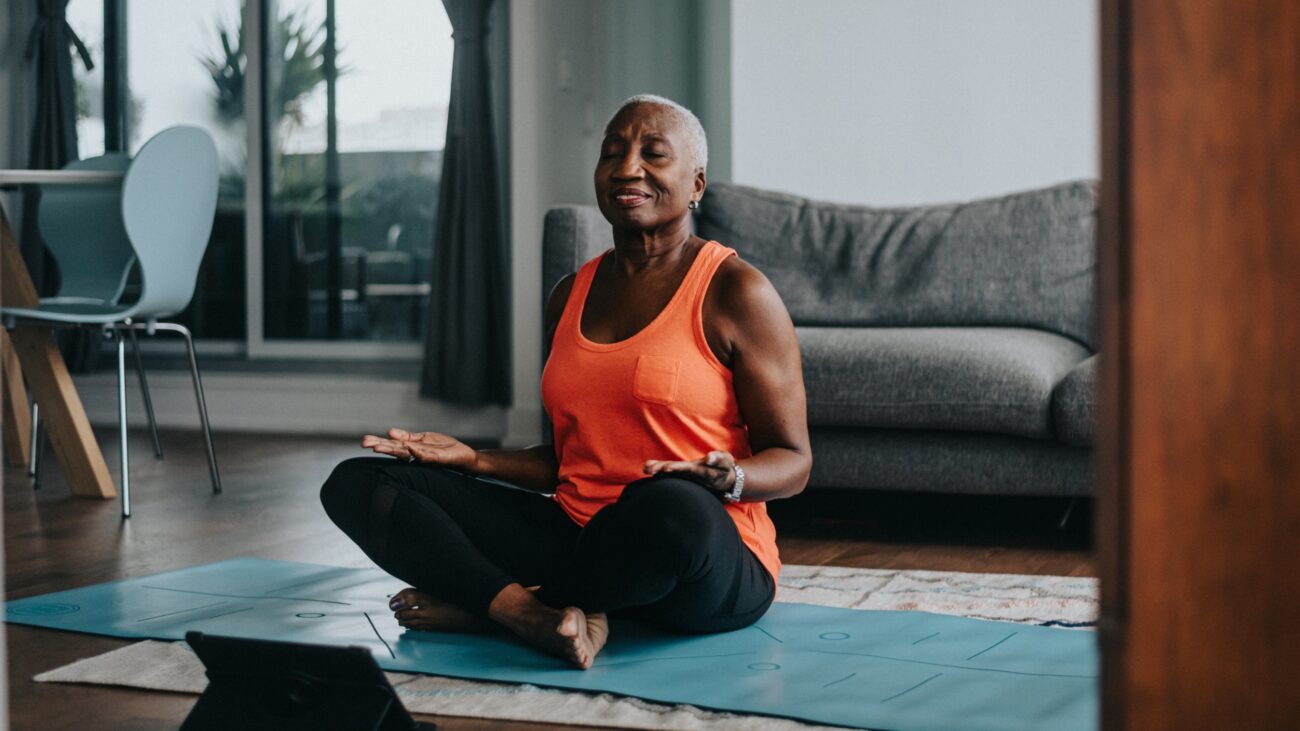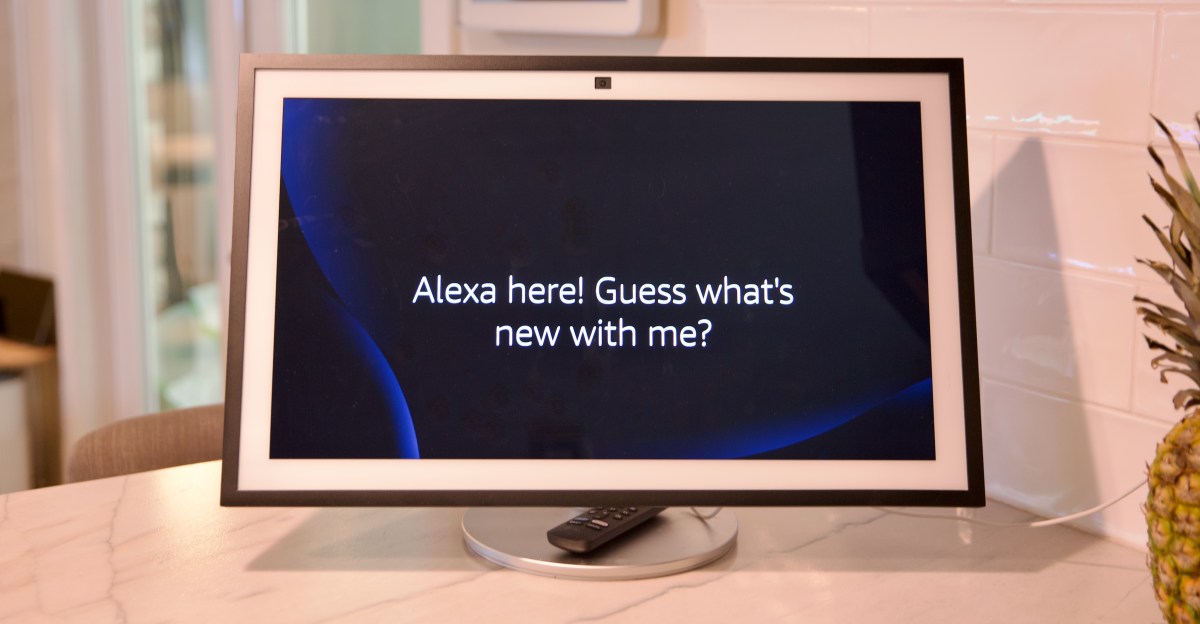Blog
11 things I’ve tried to fade hyperpigmentation

Of all the ingredients I’ve used, retinoids have caused the most chaos and the most change. My first attempt ended in flaking and regret. My second lasted longer. I started buffering it with moisturiser, using it twice a week. It helped with texture first, then tone. It didn’t fade pigmentation so much as push my skin into better turnover, where the healing had a chance to catch up. Unfortunately I had to break up with this skincare holy grail. It was too much for my rosacea to handle.
7. Chemical peels
The first time I had a chemical peel, I was told I might flake a little. What followed was nearly a week of staying indoors, shedding like wallpaper. But it worked, briefly. The second time, the peel irritated my skin so badly it left behind more hyperpigmentation than it took away. Then I swore off it, but I did notice it fade hyperpigmentation caused by acne scars, and chemical peels have worked wonders for plenty of people I know.
“Ironically, many of the methods to treat hyperpigmentation can make it worse,” adds Devgan. “Lasers, chemical peels, and microneedling are powerful treatments, but if they are too aggressive or not properly calibrated, they can make dark spots worse.”
8. Q-switch laser
Q-switch was my introduction to in-clinic lasers. It felt gentle, almost uneventful. Like something was happening, but nothing I could name. I needed multiple sessions, but after each one, my skin looked a little more even. Less blotchy. Less reactive to light. It didn’t erase anything but it softened the contrast.
“Not all solutions are one-size-fits-all,” says Dr Harshna Bijlani, medical head, The Ageless Clinic. “The depth of hyperpigmentation matters—epidermal pigmentation is easier to treat than dermal pigmentation, which lies deeper and requires more intensive treatments.”
9. PicoSure laser
PicoSure was the more expensive cousin. It promised more precision, faster recovery, better results. And to its credit, it did something, just not for my post-acne marks or melasma. My skin looked…rejuvenated. Years of bad habits and oxidative stress had left their marks on my skin and I saw that fade a bit after just one session.
10. Microneedling
I’ve microneedled more times than I can count. It hurts a little, bleeds a little, and always makes me feel like I’m doing something serious. For pigmentation, it helped in a roundabout way; by improving overall texture and tone, the spots felt less prominent. But I’ve also learned to respect its limits. Too much microneedling, too often and my skin pushes back.
11. Sunscreen
It took me too long to understand that sunscreen wasn’t optional. Every time I treated a patch of pigmentation without protecting it from further damage, I was undoing my own work. Sunscreen didn’t fade anything. But it stopped things from getting worse. Which, in the long run, is what made the biggest difference.












